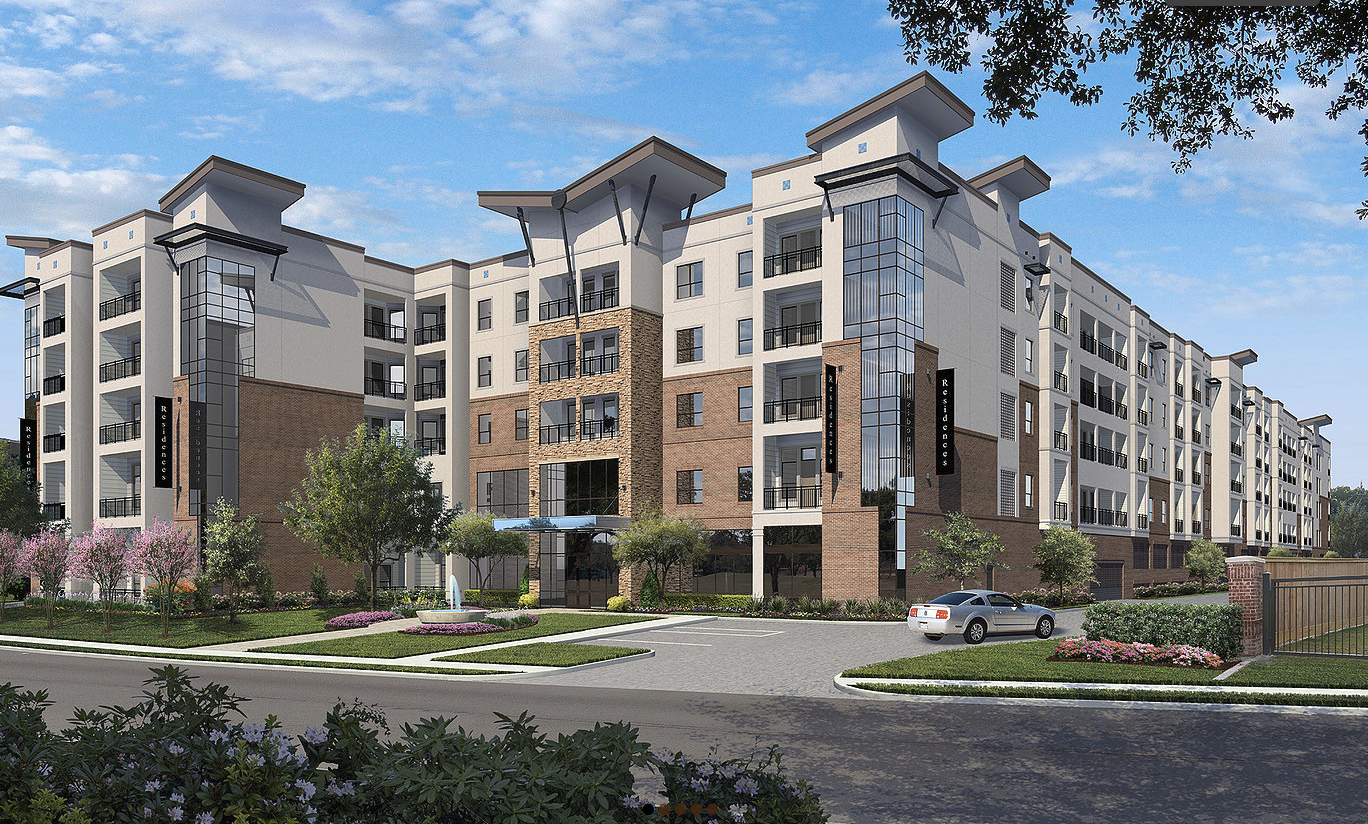With a new administration in office, a likely Department of Housing and Urban Development secretary who has stated that fair housing is an example of "social engineering" and a pair of bills that look to strip funding from data collecting or enforcement of fair housing, the future of fair housing appears dim.
Now, a new report from the advocacy group Texas Low Income Housing Information Service shows that recent changes at the state level to better comply with federal fair housing standards were effective in locating new developments in less racially segregated, poor neighborhoods. For fair housing advocates, the report offers good and bad news: it highlights recent successes of fair housing efforts. But it also shows how their work could be undermined if that momentum is reversed.
The study looked at developments that were awarded the coveted 9 percent low income housing tax credits by the state between 2006 and 2015, comparing those built before and after changes to state scoring criteria that incentivized development in areas with good schools and low poverty in 2013.
The federally-subsidized tax credits are awarded after a competitive process comparing proposals from developers building or rehabilitating affordable housing and help make possible the construction of new affordable housing. Developers are given tax credits over a period of 10 years that they can then sell in exchange for promising to keep the units on the winning project affordable for 30 years.
But critics alleged that the state historically tended to award those credits in racially and economically segregated areas. A lawsuit against the state's housing department which eventually made its way to the Supreme Court pushed the state to change its scoring process for proposals in order to better comply with federal fair housing standards. Though the changes were race-neutral, the report concluded that after they were implemented, "more affordable housing choices have been built in areas with less poverty and racial concentration."
So, between 2013 and 2015, Houston saw "a 32 percent increase in tax credit units in majority white Census tracts," according to the study, suggesting the reforms were having their intended effect. Statewide, there was a corresponding increase in the percentage of general units -- those that don't serve specialized populations -- receiving tax credits in lower poverty areas.
Between 2006 and 2012, about 23 percent of general units went in census tracts with poverty rates below 15 percent, roughly equal to the percentage of units added in tracts with poverty rates above 40 percent. After the 2013 changes and other reforms aimed at steering projects to low-poverty areas, more than half of the general units awarded the tax credit were in places with poverty rates at or below 15 percent. Meanwhile, only 6 percent of units were in areas with the highest poverty rates.
Compared to other major metropolitan areas in the state, though, Houston's progress lagged behind.
Only 59 percent of new tax credits were awarded in census tracts with poverty rates at or below 15 percent after the 2013 changes. That's compared to 70 percent in Dallas, 75 percent in Austin and 82 percent in San Antonio.
The findings come out on the heels of a scathing investigation from the Department of Housing and Urban Development that concluded that the city's practices for approving the location of projects relying on low-income housing tax credit developments violated the Civil Rights Act.
That investigation found that Mayor Sylvester Turner's recent decision not to move forward on what would have been the Houston Housing Authority's first development built in a high-opportunity area was, in part, based on "racially motivated local opposition." In practice, the report concludes, "the city's complete deference to local opposition perpetuates segregation by deterring developers from proposing projects in areas where they are likely to face opposition."
Even still, the 2013 changes had an impact in Houston, according to the Texas Low Income Housing Information Service report. Now, more recent changes at the state level threaten to jeopardize the recent shift in locating new low-income units in lower poverty, less segregated areas.
After some developers pushed back, saying it was too difficult to locate in so-called high opportunity areas, the state again altered its guidelines for 2017, effectively broadening the definition of opportunity. "These changes may reverse the progress of fair housing," the report from the Texas Low Income Housing Information Service writes, "returning to a system where, for decades, the vast majority of tax credit housing was built in high poverty areas. It will take far more than four years of emphasis on high opportunity neighborhoods to truly balance Texas’ tax credit housing stock and provide real choice."

